Kenny Ortega

Producer • Director • Choreographer
Birth Name: Kenneth Ortega
Birth Date: April 18, 1950
Age: 75 years old
Birth Place: Palo Alto, California
Former music video choreographer and director Kenny Ortega in the 1990s and 2000s made himself the most celebrated choreographer and helmsman of filmed and live musical stage shows in America, choreographing some of most famous dance scenes in film, producing live sports-ceremony extravaganzas and stewarding one of most phenomenal musical drama franchises in history.
Ortega arrived on the American film scene portentously working with Gene Kelly on his final feature film, the camp classic "Xanadu" (1980), and went on to create the smoldering dance scenes in "Dirty Dancing," direct Disney features and episodic TV, produce Super Bowl halftimes and Olympic ceremonies, and partner with Michael Jackson on his envelope-pushing stage shows.
In 2006, he produced and directed The Disney Channel's ballyhooed "High School Musical" (2006), whose two sequels would set home-video and even box-office sales records. In the summer of 2009, he was working again with Jackson on his much anticipated "This Is It" comeback tour when the singer died suddenly, after which Ortega produced and directed "This Is It" (2009), a documentary made from the footage of their tour preparations.
A creative link between the experimental rock stage shows of the 1970s and the dazzling multimedia entertainments of arena rock; of entertainment and sports; of classic Hollywood musicals and early 21st Century teen culture, Ortega arguably became one of the most influential pop culture purveyors in show business.
Throughout, Ortega became synonymous with music on television, directing episodes of music- and dance-oriented series like "Bunheads" (ABC Family 2012-13) and "Crazy Ex-Girlfriend" (CW 2015- ) as well as special events like "The Rocky Horror Picture Show: Let's Do the Time Warp Again" (Fox 2016).
Kenneth John Ortega was born April 18, 1950, in Palo Alto, CA to Octavio and Madeline Ortega, a factory worker and waitress, respectively, who raised him in Redwood City in a distinctly musical household. The Ortega's played the radio and records in the years before they could afford a television.
Ortega would later recall idyllic scenes of his parents dancing around the house to entertain him and his brother and sister, Mark and Debra Lee. That environment spurred him early into the performing arts, with his aunt ushering him to professional auditions in nearby San Francisco.
After picking up what juvenile parts he could here and there, at age 14, he won a job with a touring production of the musical "Oliver!" After graduating from Redwood City's Sequoia High School, he landed a part in a San Francisco production of the canonical counterculture musical "Hair," doing a two-year run followed by a three-year stint with a touring production of the play.
When he returned, he received an unorthodox job offer: local rock band The Tubes asked him to choreograph an avant-garde stage show for their upcoming tour. In due time, his work would be seen in front of mass audiences as the band signed onto tours, warming up for the most stage-show-intensive acts in the business, including Kiss, Alice Cooper and David Bowie.
At one point, The Tubes' live show piqued the attention of Cher, who offered Ortega the job of mapping the movements of her stage-show. His work with the flamboyant diva catapulted him into the upper echelon of pop music and led to similar work with the likes of Billy J l, Elton John and Diana Ross, wherein he increasingly embellished once staid music-only arena and theater shows with more visual bells and whistles.
In 1980, Ortega realized the dream of so many theatrical youth of his generation by working with the song-and-dance legend, Gene Kelly. Kelly personally signed off on Ortega as the choreographer of "Xanadu," a fluffy fantasy film about a roller-disco club co-starring the then-popular singer-actress Olivia Newton-John as a mystical Greek muse who, unbeknownst to her at the time, became a part of Hollywood lore as Kelly's final onscreen dance partner.
Though a notoriously campy flop at the time of its release, the film afforded Ortega the chance to become friends with Kelly and absorb much of the iconic performer's decades of plotting movement for cameras versus the stage. It would prove a key skill set with music videos then coming into currency which Ortega would later choreograph, including Madonna's lavish "Material Girl" video, among others.
Following "Xanadu," he worked on Francis Ford Coppola's high-concept musical bomb, "One from the Heart" (1982) and was met with similar ignominy with his brief directorial foray on Broadway, "Marilyn: An American Fable," which drew early pans that resulted in Ortega leaving the project before its meager two-week run in late 1983.
But he would pick up choreography duties on a succession of quintessential '80s films, starting with "St. Elmo's Fire" (1985), "Pretty In Pink" (1986) and "Ferris Bueller's Day Off" (1986); the latter two films beginning a tight professional relationship with one of the period's seminal hitmakers, director John Hughes. Hughes turned to Ortega to help concoct the zenith of the irrepressible Bueller's (Matthew Broderick) carpe diem jag, the delirious impromptu performance of "Twist and Shout" with a marching band accompaniment in the streets of Chicago.
The director went so far as to supplement Ortega's duties by making him a second unit director.
Ortega's signature would be most evident on "Dirty Dancing" (1987), whose unexpected popularity would lead some wags to dub it "'Star Wars' for girls." Though the film carried the much-used plotline of star-crossed lovers from two different worlds - Jennifer Grey as the wealthy Jewish teen, Baby, on vacation in the Catskills, finding herself by way of the much older resort dancing instructor, Johnny, played by Patrick Swayze - the soap operatic goings-on were buoyed by their kinetic energy on the dance floor, as Johnny awakens Baby to how rock 'n' roll music can make dance more intimate and considerably less proper.
Ortega found himself dealing with two stars feuding off-camera, a continuation of their contentious working relationship in the paranoid Cold War opus "Red Dawn" (1984), but his sultry and exuberant dance numbers proved just the right forum for them to click.
Though "Dirty Dancing" ran the critical gauntlet upon its release, the more generous reviews cited Swayze and Grey's rhythmic chemistry for buoying the movie, Time magazine noted "the rough energy of the film's song and dance d s carry one along, past the whispered doubts of better judgment." Movieg rs proved far less ambivalent, with the ostensible B-movie made for a mere $5 million taking in $214 million worldwide at the box office.
"Dirty Dancing" continued to expand Ortega's résumé as CBS attempted to serialize Johnny and Baby's romance (with different actors in the roles) via a short-lived "Dirty Dancing" (1988-89) TV show, with Ortega directing some of the episodes.
Still, it would be far from the last time Ortega brought his stagey flare to the small screen, taking the director's chair again on a TV series that - somewhat portentously - melded high school drama with the musical format, "Hull High" (NBC, 1990). The show did not last long, but he had proven himself enough to get called up to the big leagues.
Disney tapped Ortega to direct and choreograph "Newsies" (1992), a more conventional, old school "cast-of-thousands" Disney outing centered on the 1899 New York newsboy strike, starring a young Christian Bale in the lead. The movie fared poorly, bringing in just under $3 million at the box office.
Undaunted, Disney gave him another project almost immediately, the less music-centric but effects-laden horror-comedy "Hocus Pocus" (1993), about a Massachusetts kid who unwittingly lets loose three comic witches (one of them Ortega's tour-production client, Bette Midler) to terrorize local Halloween activities. Not quite a blockbuster, the film made a decent profit, in spite of tepid reviews.
Ortega also bolstered his rep by inking one of the biggest stars in the world to his client list - Michael Jackson. The megastar and director-choreographer recognized a professional kinship in their predilections for pushing the envelope in terms of the visual spectacle of live entertainment.
They collaborated for the first time on Jackson's "Dangerous" World Tour in 1992, a year-and-a-half, 69-city undertaking. The "Dangerous" show even closed with the illusion of Jackson (actually a secretly swapped stunt-double) appearing to fly out of the stadium on a rocket-belt. Ortega's longtime bread-and-butter business of live shows reached a new peak in 1996: in January he produced the extravagant 30th anniversary halftime show of the Super Bowl XXX in Tempe, AZ, with Diana Ross performing as the anchor of a pyrotechnic extravaganza.
He reunited with Jackson to design his garish "HIStory" World Tour that summer, which would draw 4.5 million attendees in its 82-city circuit. To top off the year, he choreographed the opening ceremony of the centennial Olympiad in Atlanta, GA.
Ortega continued to pad his directorial resume with TV work - sometimes with one-off dual director-choreographer jobs on TV series' stunt musical episodes - such as on "Chicago Hope" (CBS, 1994-2000), "Ally McBeal" (Fox, 1997-2002) and "Grounded for Life" (Fox/WB, 2001-05), for which he would earn an Emmy nomination for Outstanding Choreography" in 2001.
"Gilmore Girls" (The WB/The CW, 2000-07) became a frequent haunt, with Ortega directing some 12 episodes. In 2002, he returned to the Olympic stage and to the Emmy Awards, earning three nominations for his stewardship of the XIX Winter Olympic Games' opening and closing ceremonies broadcast in Salt Lake City, UT, and winning for Outstanding Directing for a Variety, Music or Comedy Program and Outstanding Choreography.
A few years later, with his stage and TV work keeping him busy, Ortega nevertheless wanted to take another shot at directing long-form storytelling and told his agent to find him a movie project, however meager, just to prove he could still work within that format.
What emerged from that search brought Ortega back to Disney, but proved to be anything but a one-off project.
High School Musical" (Disney Channel, 2006) was a fairly formulaic story about a mismatched pair of high schoolers, including a basketball star and a science nerd, who discover their mutual affinity for song and wind up trying out for their high school musical in the face derision from various cliques more concerned about what's cool. Of course, as can only be done in musicals, the students navigate each plot-point via spontaneous song-and-dance numbers.
With Ortega choreographing as well as directing the TV movie - and having burgeoning heartthrob Zac Efron in the lead did not hurt matters - "HSM" became a phenomenon among young female viewers, drawing a huge audience for cable - 7.7 million viewers in the U.S.
Besides Efron, it made overnight stars of the cast of attractive, wholesome teens, including Vanessa Hudgens, Monique Coleman and Ashley Tisdale. The DVD release in May 2006 not surprisingly sold 1.2 million copies in its first six days, becoming the biggest selling DVD release of a TV movie in history.
"HSM" also won the Emmy that year for Outstanding Children's Program, with Ortega himself taking home his third Emmy for Outstanding Choreography.
Ortega's wild ride at Disney was just beginning. An impressed Disney put him to work on another fluff-packed musical romp, the sequel to its successful "Cheetah Girls" (2003) TV movie; this time showing its fashion-forward (yet-somehow-not) eponymous pack of rich girls cavorting around Barcelona in "Cheetah Girls 2" (Disney Channel, 2006).
The film topped even "HSM," drawing from essentially the same audience and premiering to an audience of 8.1 million. "HSM," meanwhile, snowballed to eclipse everything to that point, with Ortega and the cast returning the next year with "High School Musical 2" (Disney Channel, 2007), which drew a stunning 17.2 million viewers its first night.
Disney expanded the franchise with big-selling audio CDs, live stage versions of the movies and even an ice show, which Ortega also produced. Ortega re-upped for another installment, and the next year, Disney took its gravy train in a more traditional movie route, releasing "High School Musical 3: Senior Year" (2008) in cineplexes.
It raked in $82 million worldwide in the first weekend - the highest gross ever for a movie musical - on the way to a total of $253 million in worldwide ticket sales. He also served as the stage director for the show portions of another Disney preteen-girl-magnet, the theatrically released "Hannah Montana/Miley Cyrus: Best of Both Worlds Concert Tour (2008).
In the interim, Ortega continued to expand his footprint with eclectic jobs outside of the Mouse House in such projects like "The Boy from Oz Arena Tour," a homecoming of sorts for the first Australian musical to move to Broadway, famed for being the song-and-dance showcase for Aussie action film star, Hugh Jackman.
Ortega even choreographed the "dancing fountains" outside hotelier Steve Wynn's Bellagio Hotel in Las Vegas, as well as held the title of "artistic director" of the high-tech visual masterpiece "The Lake of Dreams" at Wynn's eponymous Vegas hotel.
In spring 2009, old friend and collaborator Michael Jackson, after years of legal w s and reclusion, gave Ortega the green light on something they had been discussing for two years - Jackson's first tour in more than 10 years. The two worked closely on both the stage show itself and the 3-D films Jackson envisioned playing behind him during dance numbers.
On June 25, they was two weeks away from the London launch of the "This Is It" comeback tour, awaiting Jackson to show up for rehearsal at L.A.'s Staples Center when Ortega received the phone call telling him of Jackson's sudden death.
A grief-stricken Ortega would pay his respects by directing a universal feed of Jackson's star-studded, music-packed memorial service at the Staples Center which was picked up live by a number of broadcast and cable networks and watched by 31 million people in the U.S. alone.
Realizing that though the show could not possibly, "go on" in the traditional sense, AEG, with the Jackson family's consent, took stock of what was left behind - over 100 hours of rehearsal footage - and, recognizing the level of grief felt the world over, made an unorthodox decision.
Under Ortega's direction, footage of the "This Is It" tour rehearsals was cut into a film of the same name, showing Jackson and the other performers recreating his classic video dance productions such as "Thriller" and "Beat It," as well as offering a the public a rarely seen private side of the King of Pop.
Following that high-profile and somewhat controversial project, Ortega moved back into television, working on Amy Sherman-Palladino's dance-oriented comedy-drama "Bunheads" (ABC Family 2012-13) and Rachel Bloom's musical romantic comedy "Crazy Ex-Girlfriend" (The CW 2015- ).
Ortega also directed and choreographed the Disney Channel TV movie "Descendents" (2015) and its 2017 sequel, as well as the reboot "The Rocky Horror Picture Show: Let's Do the Time Warp Again" (Fox 2016).
Credits

Step Into…The Movies with Derek and Julianne HoughStream

Julie and the PhantomsStream
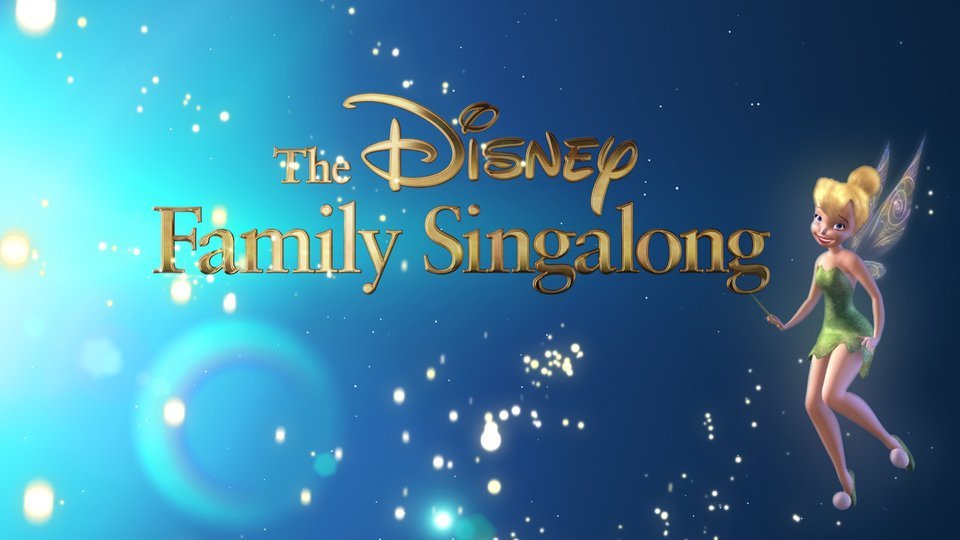
The Disney Family Singalong

Descendants 3Stream

Descendants 3Stream

Hocus Pocus 25th Anniversary Halloween Bash

Cultureshock: Michael Jackson's Final Curtain Call

Bad Lip Reading Presents: Descendants

Descendants 2: ABC After-Party

Descendants 2 Live Superfan After-Party

Disney's Descendants 2: Extras

Descendants 2Stream

Descendants 2Stream
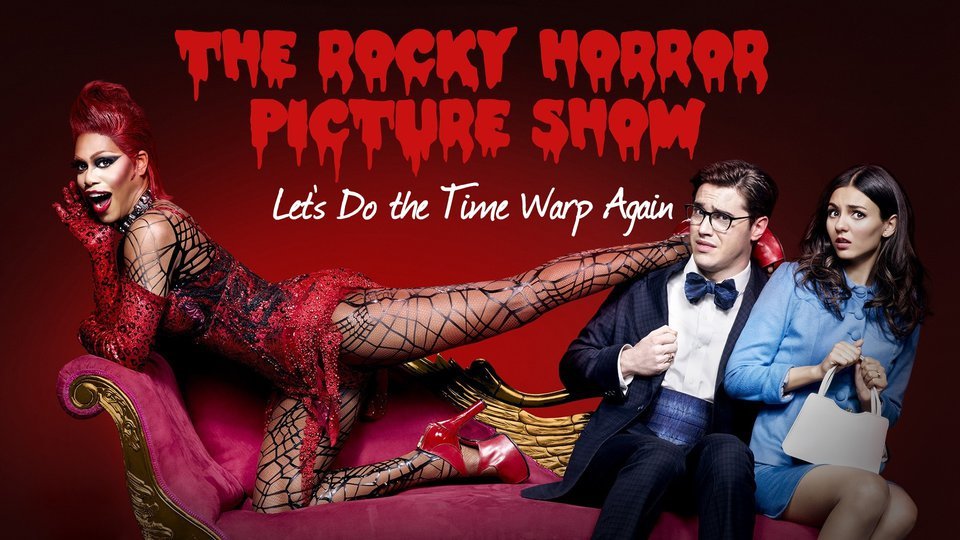
The Rocky Horror Picture Show: Let's Do the Time Warp AgainStream

The Rocky Horror Picture Show: Let's Do the Time Warp AgainStream

The Rocky Horror Picture Show: Let's Do the Time Warp AgainStream

The Rocky Horror Picture Show: Let's Do the Time Warp Again: Extras

The Rocky Horror Picture Show: Let's Do the Time Warp Again

Crazy Ex-GirlfriendStream

Celebrity Family FeudStream
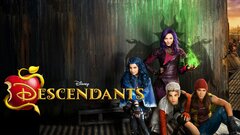
DescendantsStream

BunheadsStream

Move

Dinocroc vs. Supergator

This Is ItStream

This Is ItStream

This Is ItStream

This Is ItStream

So You Think You Can Dance Canada

High School Musical: Get in the Picture

Hannah Montana and Miley Cyrus: Best of Both Worlds Concert 3D

High School Musical 3: Senior Year

High School Musical 3: Senior Year

High School Musical: premiers pas sur scène

High School Musical: The Concert

High School Musical 2Stream

High School MusicalStream

The Cheetah Girls 2

So You Think You Can DanceStream

American Latino TV

Gilmore GirlsStream
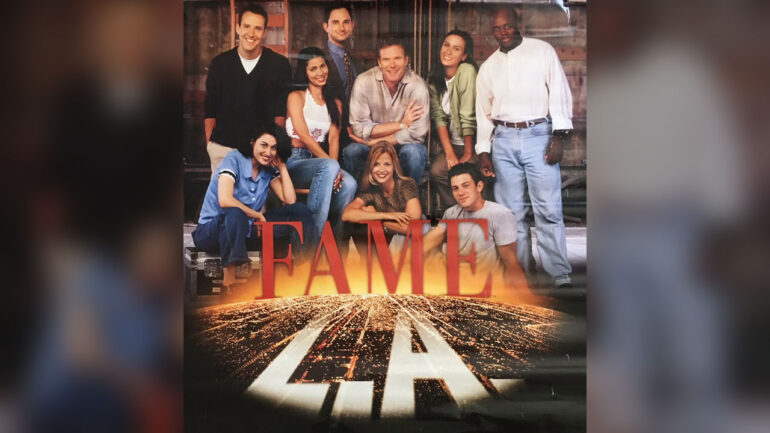
Fame L.A.

The View
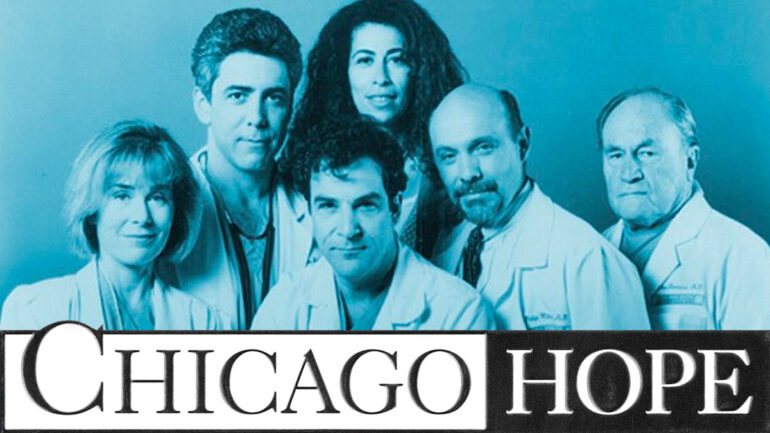
Chicago Hope

Chicago Hope
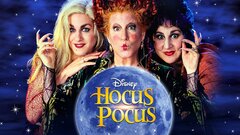
Hocus PocusStream
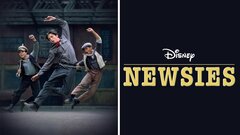
NewsiesStream























